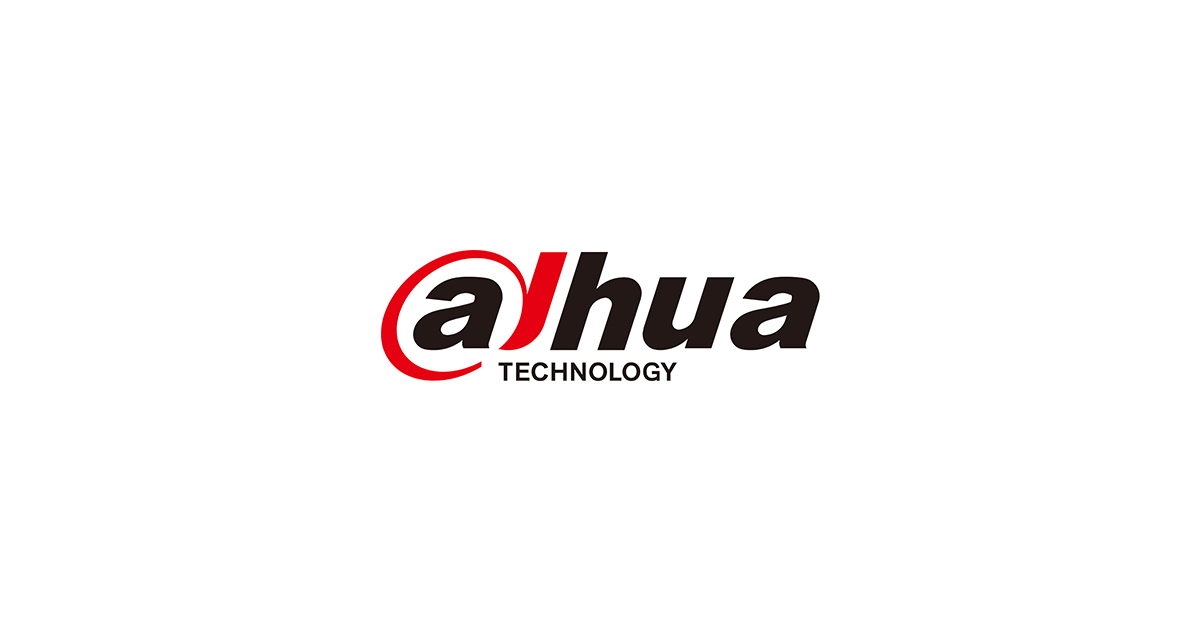Hi all,
I have just set up a Dahua DH-IPC-HDW3666EMP-S-AUS (6MP eyeball), which is listed in the specs as supporting 1-25/30 fps in its max resolution of 3072x2048. However I can't seem to get it to go above 20 fps. Is there a trick to this?
In the camera's web config, under Camera > Encode, I can set the frame rate of the main or sub streams. If I set it to 15 fps then the video it produces is 15 fps. Set it to 20 fps and I get a 20 fps video. But if I set it to 25 fps, I still only get a 20 fps video.
I set it up as PAL during config (as opposed to NTSC) so I presume that's why it's showing 25 fps as the max rather than 30 fps, however it's strange that it will let me select 25 fps but then only deliver 20 fps.
Is this normal?
The 20 fps frame rate is what my video player reports from both the file metadata as well as the rate at which the live stream is delivered. I have other cameras that can do 25 fps without problem, so it doesn't appear to be an issue with the system I'm using for playback.
Does anyone else have a Dahua 6MP camera, and are they able to report the actual FPS they are getting from it when it's set to 25 or 30 fps?
Thanks!
I have just set up a Dahua DH-IPC-HDW3666EMP-S-AUS (6MP eyeball), which is listed in the specs as supporting 1-25/30 fps in its max resolution of 3072x2048. However I can't seem to get it to go above 20 fps. Is there a trick to this?
In the camera's web config, under Camera > Encode, I can set the frame rate of the main or sub streams. If I set it to 15 fps then the video it produces is 15 fps. Set it to 20 fps and I get a 20 fps video. But if I set it to 25 fps, I still only get a 20 fps video.
I set it up as PAL during config (as opposed to NTSC) so I presume that's why it's showing 25 fps as the max rather than 30 fps, however it's strange that it will let me select 25 fps but then only deliver 20 fps.
Is this normal?
The 20 fps frame rate is what my video player reports from both the file metadata as well as the rate at which the live stream is delivered. I have other cameras that can do 25 fps without problem, so it doesn't appear to be an issue with the system I'm using for playback.
Does anyone else have a Dahua 6MP camera, and are they able to report the actual FPS they are getting from it when it's set to 25 or 30 fps?
Thanks!




